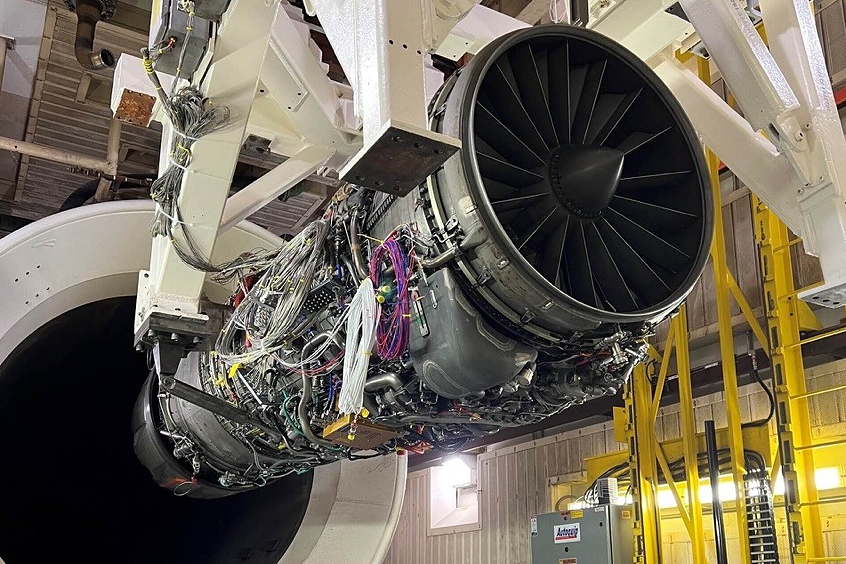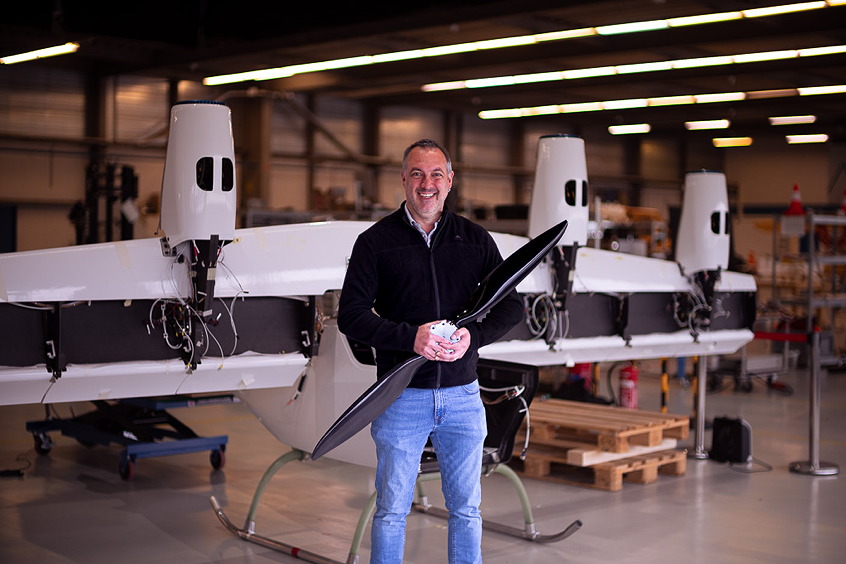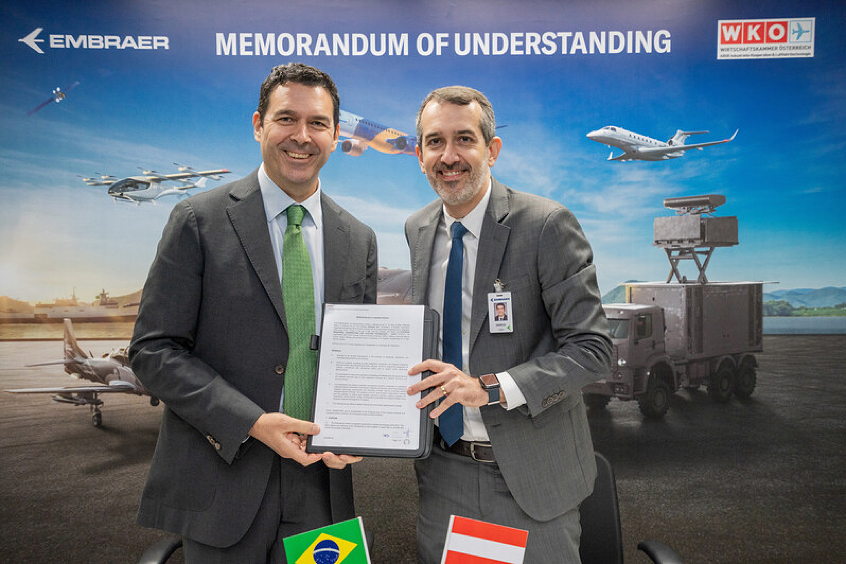What can wider sectors of industry learn from Formula One's extensive use of composites? This question was discussed in a recent paper presented to the Composites UK 2010 Annual Conference by Mark Preston, former Formula One Technical Director and Formtech Composites' Managing Director.
With composites making up over 80% by volume of a Formula One (F1) car, many of Formtech Composites customers were keen to understand how knowledge of the substitution of composites could be applied to their own industries in order to deliver competitive advantage in the drive for lower weight and increased efficiency.
With this in mind, Formtech Composites' Mark Preston began work on understanding why Formula One has used composites so extensively, as a number of their customers had asked them to explain how the substitution of composites in Formula One could be applied to their own industries, in order to develop scenarios for future strategic development.
"Development of composite structures in F1 takes place at an incredible rate", says Preston, "in fact we describe it as a 'Prototyping Competition' with an average of five of any one part being made before moving on to a new design iteration!" However, this rate of development does come with an associated risk.
It is a commonly held belief in most industries that the acceptance of risk taking and possible failure drives innovation. In order to mitigate this risk, F1 has developed techniques for the certification and health monitoring of components. One example of this is Acoustic Emission that Formtech specialises in, withPrestonhaving developed its use over years of working in F1. Formtech Composites is working on using these techniques in other industries to increase confidence of composite substitution.
"We also looked at the order of substitution which followed a basic law:" says Preston, "larger, lightly loaded parts first, followed by parts with incremental increases in risk based around smaller size and increasing load". The order of substitution has already started in the automotive and aerospace industries following a broadly similar law. But one of the key areas that still needs development is the volume and repeatability that will most likely be driven by automation. "This is an area we are looking into very heavily at the moment in order to find ways of speeding up the development of composite structures in other industries", says Preston.
Integration of functionality is another key aspect of the substitution process, according to Preston. "When we began looking at the history of an F1 monocoque we realised that the integration of a 'Safety Cell' into the chassis offered vastly increased driver protection for a relatively low marginal increase in weight. Integration of functionality is an important part of the substitution process because it delivers increased value which can be traded against the increase in cost."
While costs may initially inhibit the transfer of techniques and innovations, part of the technology transfer process will follow the reduction of complexity and the automation of the manufacturing value chain.
Integration of components, structural health monitoring and experimental techniques for certifying composites will increase the confidence of various industries to push the usage of composites further than before, with targets for weight saving in the order of 50%.
| Contact details from our directory: | |
| Formtech Composites | Subcontracted Composite Parts, Aircraft Structural Components, Composite Design Consultants |
| Related directory sectors: |
| Composites |
Weekly news by email:
See the latest Bulletin, and sign up free‑of‑charge for future editions.

Amprius and Stafl team up for battery pack innovation

RISE engine efficiency project gains momentum

Dufour picks Mejzlik propeller blades for the Aero2
